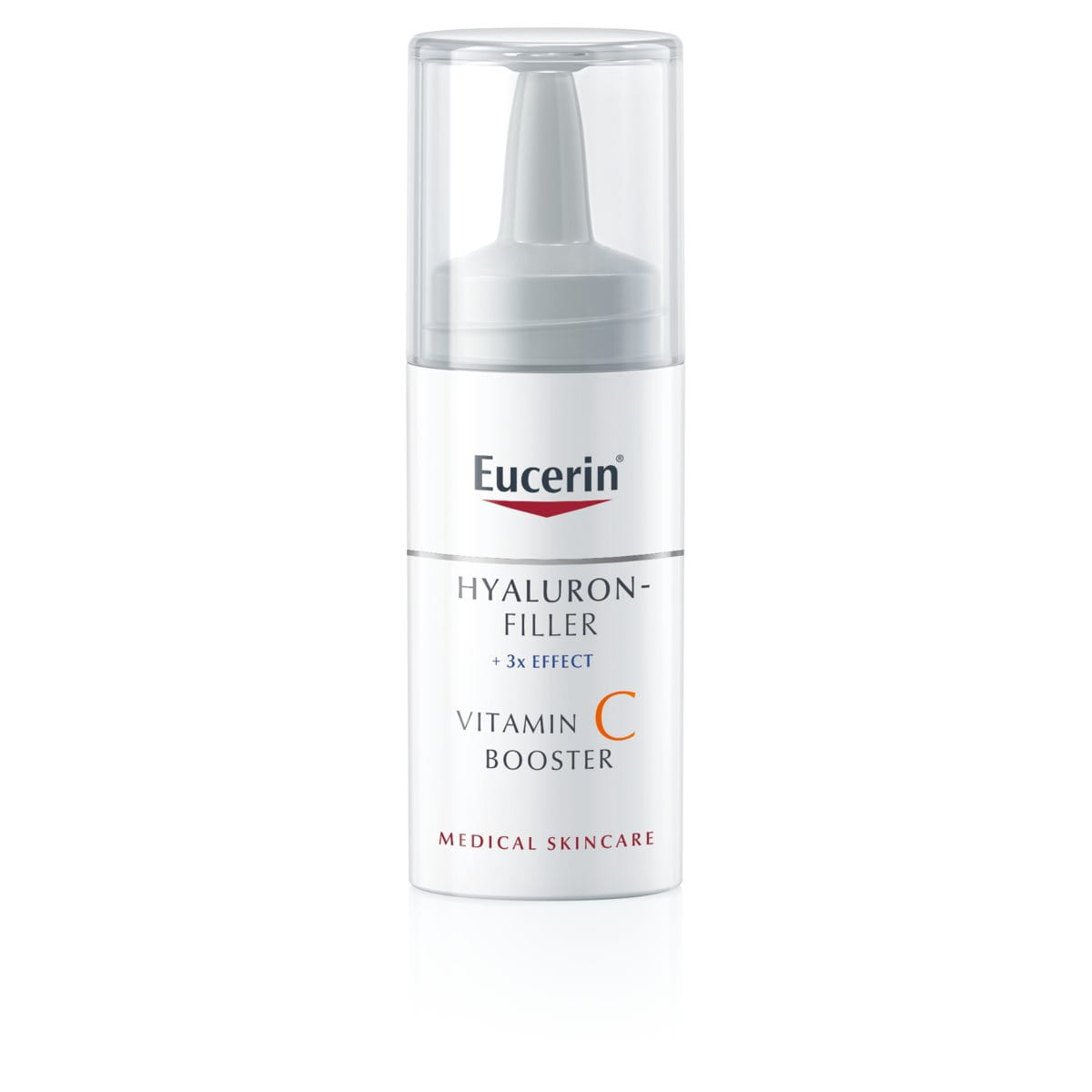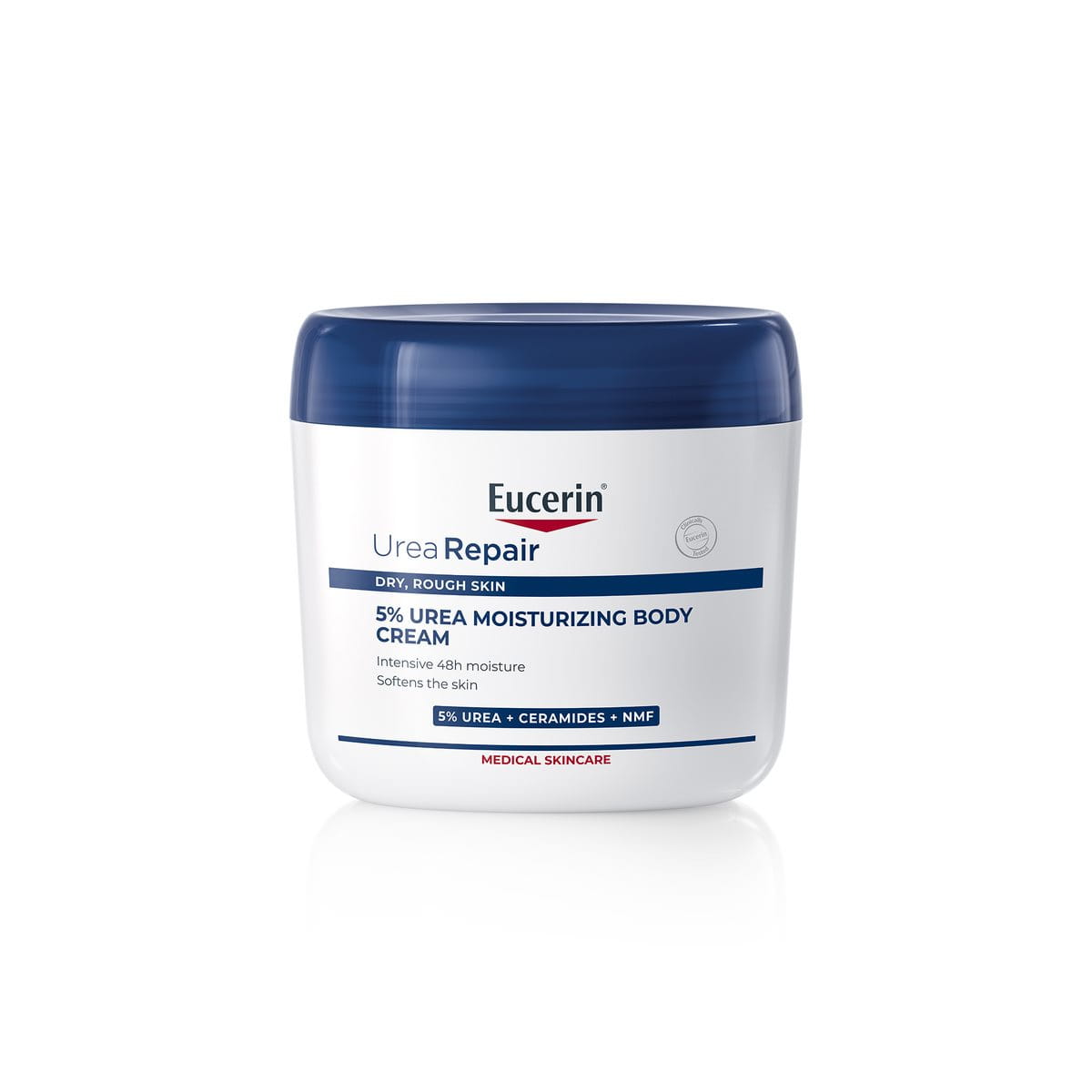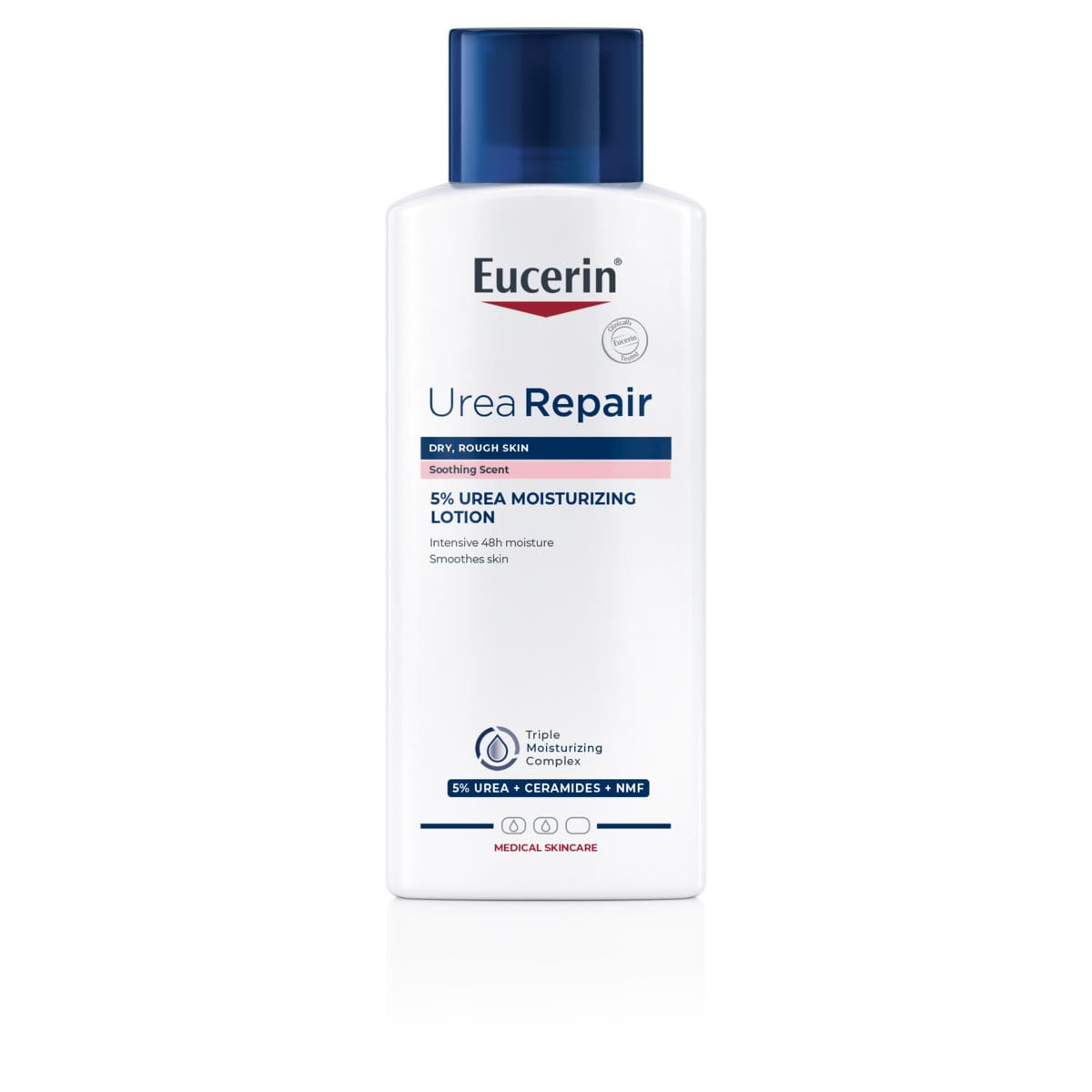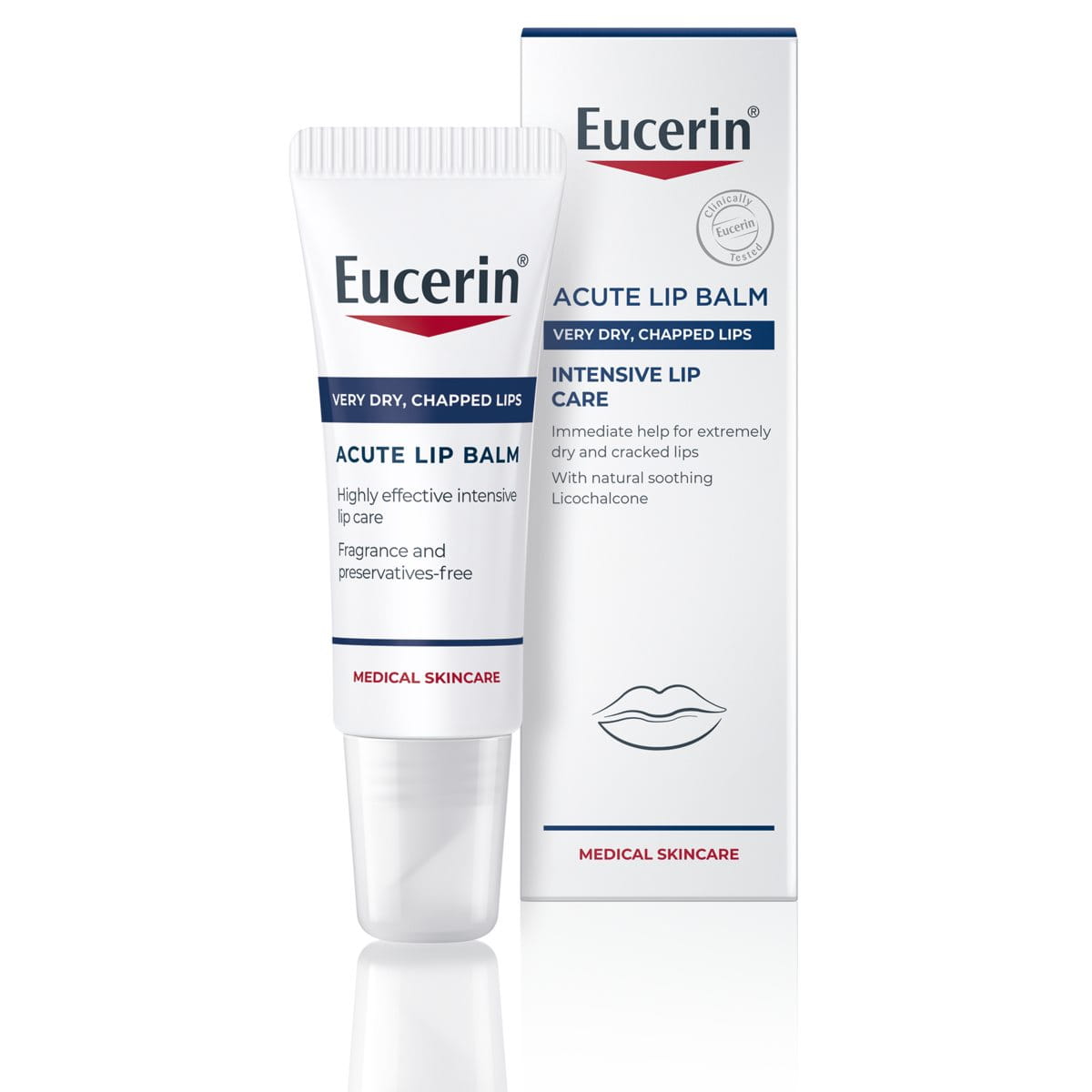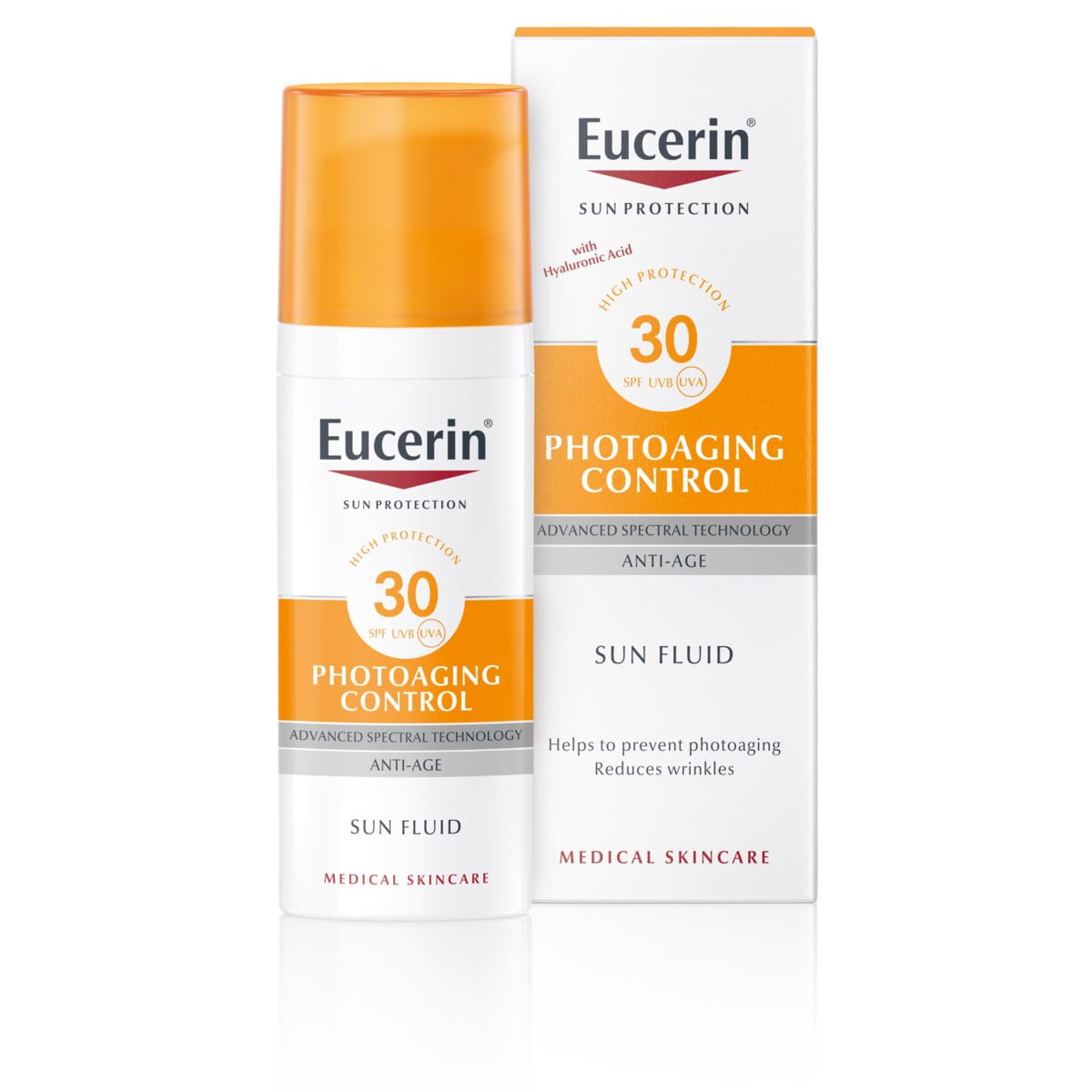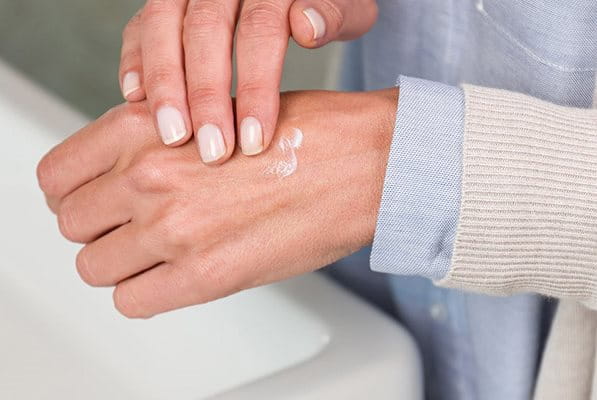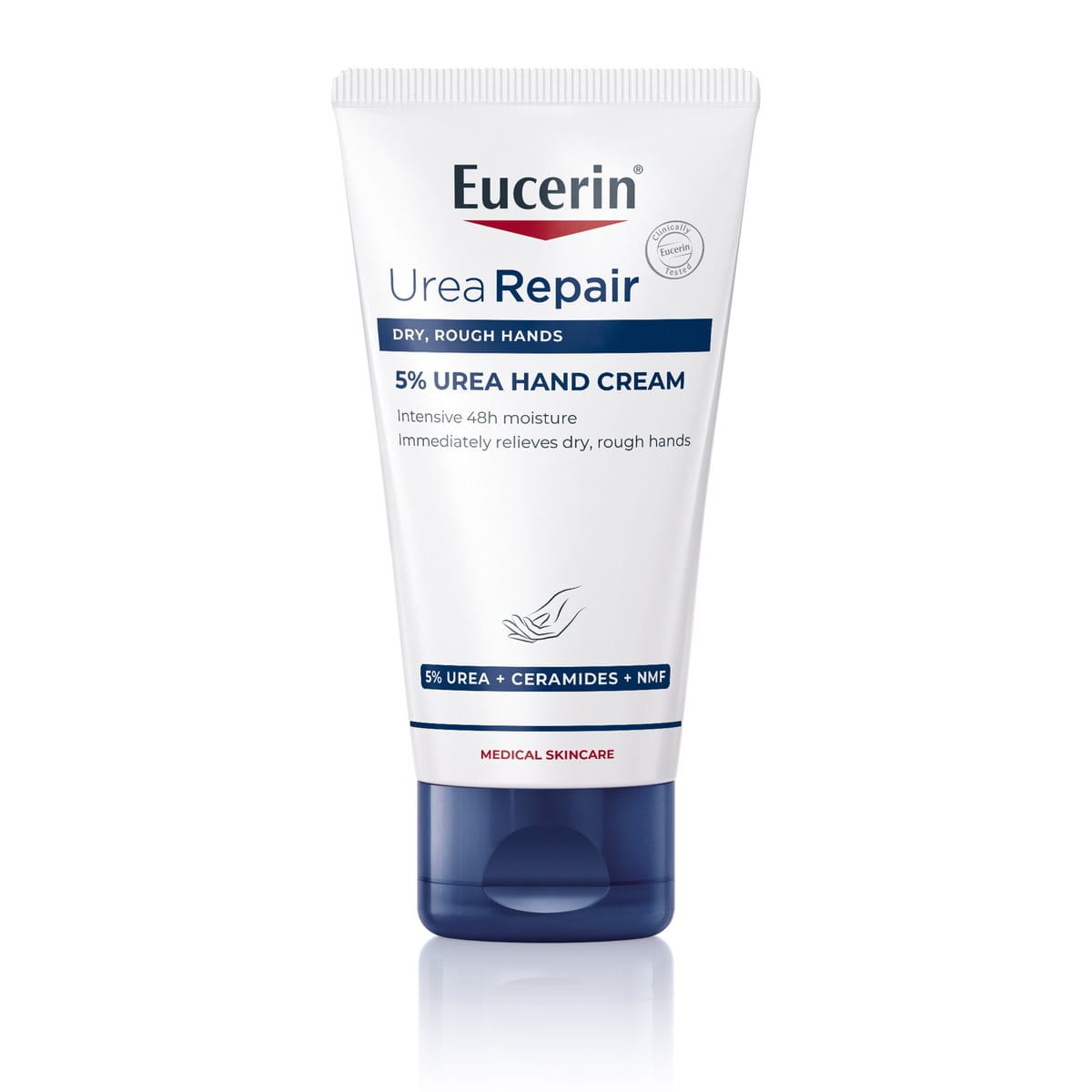The skin is the body’s largest organ. It plays a vital role in regulating body temperature and acts as a barrier protecting the body against infection. Its ability to work as an effective barrier depends on it maintaining optimum moisture levels. However, certain parts of the body are prone to becoming very dry. When skin is dry, its ability to bind in moisture, and prevent moisture loss, is impaired and it is less able to work as an effective barrier. Dry skin can look and feel tight, red, rough, flaky, itchy and, in extreme cases, may even crack. A good skincare routine, using products formulated specifically for severe dryness, will help to restore skin to a healthier state.
Signs & Symptoms
Symptoms of dryness on the body
Dry skin can occur anywhere on the body, but certain areas are more likely to become very dry or even rough and cracked.

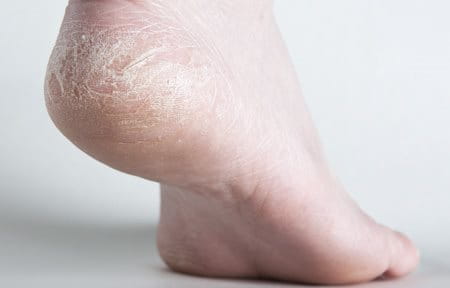
Dry skin occurs gradually and follows a progressive process:
- Dry skin feels tight and may appear slightly to moderately rough.
- The first signs of dryness do not often cause much discomfort, but ignoring them is likely to lead to the dryness becoming more severe.
- Very dry skin can be very tight, very rough, scaly and itchy.
- The skin feels very tight and rough and may also start to appear scaly and flaky.
Extremely dry skin looks and feels extremely rough, scaly and flaky and may also be severely itchy. In extreme cases skin might also crack.
- Excessive dryness can cause the skin to shrink and become brittle, eventually leading to skin cracking. This is particularly common in areas that need to flex during movement such as the soles of the feet.
Areas prone to cracking:
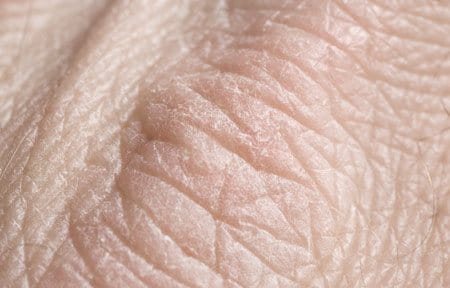
- Hands: Frequent washing, alkaline cleansers, chemicals and changes in climate can all play a part in drying out the skin on our hands. When cracks occur, they normally appear around the knuckles because the skin is tight and can easily break when stretched.
- Feet: Skin on the feet, especially in the heel area, often becomes dry resulting in rough skin with fissures. This can be uncomfortable and, in severe cases, painful and inflamed.
- Lips: Dry lips often crack. Acne patients taking some types of oral medication tend to suffer from cracked lips.
Diseases and their impact on body skin
Dry skin, or ‘Xerosis’ as it is medically known (The Greek ‘xero’ means ‘dry’, and ‘osis’ means ‘disease’), is a broad classification which includes dry skin from any cause, internal or external. Other skin conditions which result in dry, rough, scaly, itchy, flaky and cracked skin include Atopic Dermatitis on the face or body, Ichthyosis, Keratosis Polaris and Psoriasis.
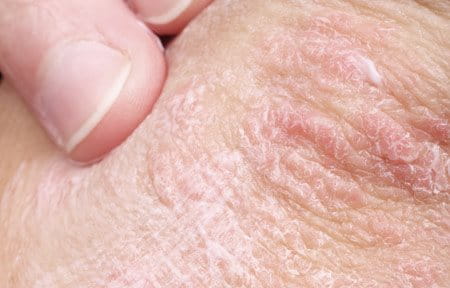
- Atopic Dermatitis often affects young children who develop rough and irritable skin on the back of the knees, inside of the elbows and around the hip area. Affected skin is extremely itchy.
- Keratosis Polaris is a condition caused when too much keratin builds up in the skin’s hair follicles. Areas of affected skin are covered with lots of small white or slightly red spots, and skin feels rough and uneven. It is most common on the back of the upper arms.
- Skin affected with Psoriasis often has patches of extremely dry, tough and itchy skin that can appear on any part of the body.
- Diabetes, either type 1 or type 2, can also cause skin to become dry, rough, flaky and itchy, especially at the extremities of the body, e.g. feet.
Further information about dry skin − as well as skin conditions such as Atopic Dermatitis, Psoriasis and Xerosis – is available throughout this website.
Important Information
If you need further information to help you identify the cause of your skin complaint, and which treatment route to take, the skin test may be a useful diagnostic tool.
If you are worried or unsure about your symptoms, or they are becoming worse, we recommend you see your dermatologist for a face-to-face consultation.
Causes & Triggers
Understanding the causes of extremely dry skin which can even crack
The causes of extremely dry and cracking skin range from poor skincare and environmental factors to health related skin conditions such as Atopic Dermatitis and Psoriasis. These causes are influenced by both internal and external factors.
External factors
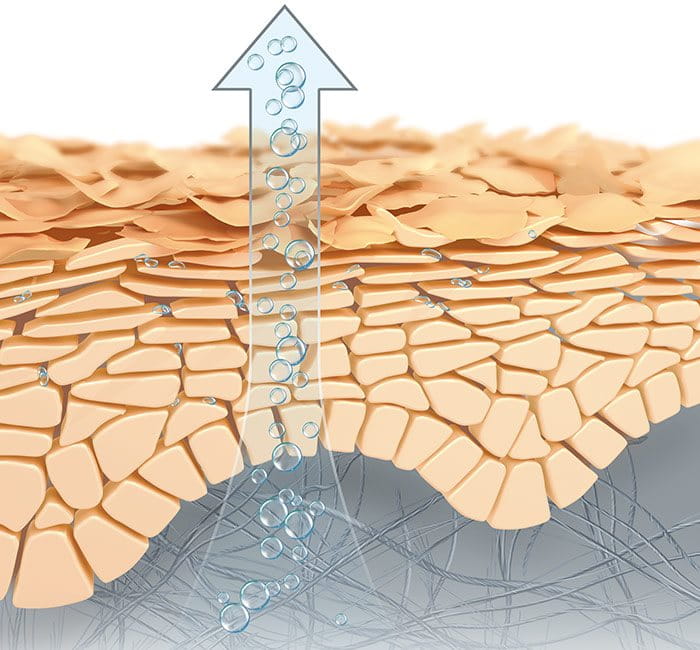
The dry skin, or skin dehydration, process occurs in stages:
- Skin becomes dry when it starts to lose its natural lipids resulting in the breakdown of the skin’s natural lipid barrier. Skin’s water retention capability is impaired.
- This speeds up the rate at which skin loses moisture, causing its upper layers to dehydrate.
- Depending on the severity of dryness, skin tightens, becomes rough and scaly and is prone to itching and redness.
Environmental
- Harsh weather conditions: hot, cold and dry air disrupt the skin’s surface barrier.
- Seasonal changes: symptoms of dry skin often worsen during either the winter or summer.
- Ultraviolet (UV) sunlight can lead to premature skin ageing. Skin becomes more prone to dryness as it ages.
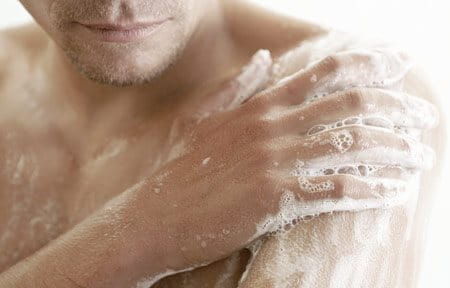
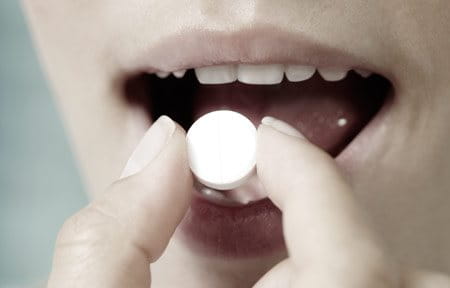
Skin care
- Frequent washing − and long, hot baths or showers − remove the lipids that make up the skin barrier.
- An inappropriate skin care routine – Follow a routine and use products, that are suitable for dry skin. It is especially important not to use strong soaps that strip away natural skin lipids.
Medication
Certain medications (such as diuretics prescribed to control blood pressure) and medical treatments (such as radiation therapy, dialysis or chemotherapy) are known to cause dry skin as a side effect. Some Oral acne medications can also cause skin to dry out.
Important Information
Always check with a doctor or pharmacist if you are concerned a medication may contribute to dry skin.
Internal factors

Genetic influences
The skin’s moisture balance is also influenced by genetics. We can inherit a propensity for dry skin from our parents, although this is not always the case. Skin conditions such as Atopic Dermatitis, Ichthyosis, Keratosis Polaris and Psoriasis, are often genetic.
Hormonal influences
Changes in the level of certain hormones, particularly oestrogen and testosterone, can influence the skin´s moisture and lipid levels. For women, this is particularly noticeable after the menopause or during pregnancy.
Dry skin may also occur during pregnancy due to hormonal changes.
Age
As skin ages its internal processes slow down and the production of lipids decreases. Skin’s water content, and its ability to hold moisture, is also reduced. These factors lead to dryness which in turn contributes to skin ageing and the development of fine lines and wrinkles. The overall term for this is age-induced dryness.
Diet
Like any other organ, the skin requires a range of important nutrients in order to function properly. These include vegetable oils and vitamins, particularly Vitamin C and E.
Contributing Factors
Factors that can contribute to extremely dry skin which can even crack
The following factors affect the skin´s natural moisture balance and may cause rough and cracked skin:
Skin care
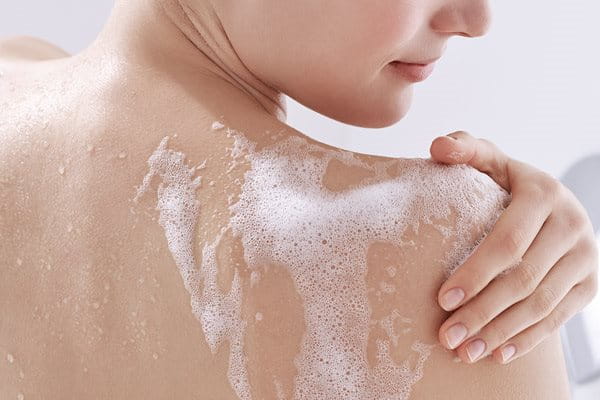

Alkaline soaps can strip skin of its natural lipids causing it to lose moisture.
A good skincare routine plays an important role in preventing and treating rough and cracked dry skin.
Choose a moisturiser that has been specially formulated to treat the level of dryness of your skin and apply it regularly to the affected areas. The best time to moisturise is after a bath or shower when skin is clean and slightly damp. Moisturisers that contain the substances naturally produced by normal skin, but lacking in dry skin, are recommended for the treatment of extremely dry skin and its symptoms.
Frequent washing is also a contributing factor to rough and cracked dry skin. Bathing or showering for too long, in water that is too hot, damages skin’s moisture balance and reduces its ability to retain moisture.

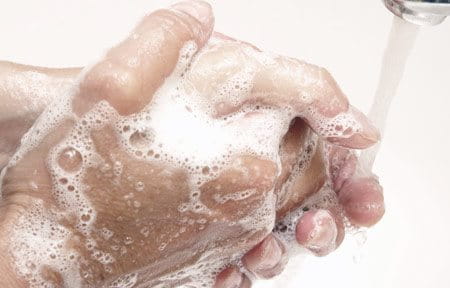
Weather, seasons and sun exposure
The change of season is a common cause for rough and cracked dry skin. During harsh winter months, skin is exposed to the cold weather outside followed by central heating indoors. These changes cause it to dry out and skin may become rough and cracked. If left untreated these cracks can get deeper and become inflamed.
Skin also dries out during the hot summer months, often as a result of too much exposure to the sun. Sunburnt skin is not as effective as healthy skin and is more susceptible to further dryness. In order to prevent the skin from becoming rough and cracked, apply a sunscreen that contains moisturiser and is free from irritating perfumes and colourants.
Occupational risks
Certain occupations can also increase the risk of dry skin. Typically these are occupations that require working in hot or cold conditions (farmer/fisherman), frequent use of detergents (doctor/nurse/hairdresser) or exposure to chemicals (mechanic/cleaner).
Dehydration
Skin hydration is dependent on the body’s water balance. When dehydrated, the body reduces the supply of moisture to the skin which slows down the natural flow of water through the skin. This can contribute to dry skin. Elderly people are prone to dehydration as the sensation of thirst diminishes with age.
Smoking
Cigarettes contain many toxins, including nicotine, which cause a significant decrease in blood flow and may slow down the overall metabolism of the skin, possibly leading to dryness.
Solutions
Caring for extremely dry skin which can even crack
Avoiding contributing factors

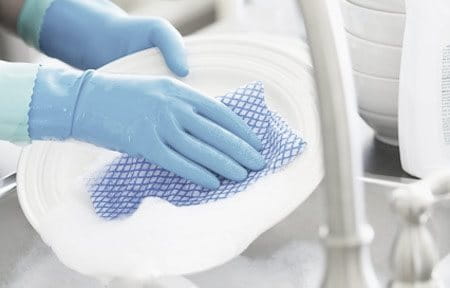
A good skincare routine will help you to care for dry skin, but you can also reduce the need for treatment by taking the following measures:
- Avoid dry air by spending less time outdoors in hot and cold weather, and by using a humidifier indoors when the heating is on.
- Reduce the time spent in hot water by having quick showers instead of long baths.
- Use gloves when washing dishes to avoid direct contact with hot water and strong detergents.
- Wear clothes made of natural materials such as cotton and silk that do not irritate the skin. Wool is natural but can irritate.
- Use a laundry detergent that is free from dyes and perfumes. These can remain on clothes after washing and irritate dry skin.
- Ensure that you drink adequate amounts of water.
Dry skin needs a skincare routine that restores and protects its natural barrier from further deterioration. Replacing NMFs such as Urea will also help to restore skin’s moisture balance.
Very dry and extremely dry skin – including Atopic and Diabetic skin and skin with Psoriasis − requires products that have been specially formulated to treat the particular level of dryness. When choosing a skin care product for babies and children, always check the age recommendation or ask your pharmacist or doctor for advice
Cleansing rough and dry body skin

As the initial cause of skin dryness and roughness is the breakdown of skin’s surface barrier, it is important to use a gentle cleanser that does not wash away skin’s own lipids.
Eucerin UreaRepair PLUS Washfluid 5% Urea is a very gentle product formulated specifically for dry to very dry body skin. It cleanses without drying, and is suitable for those who suffer from Psoriasis-related dry skin.
Moisturising rough and dry body skin
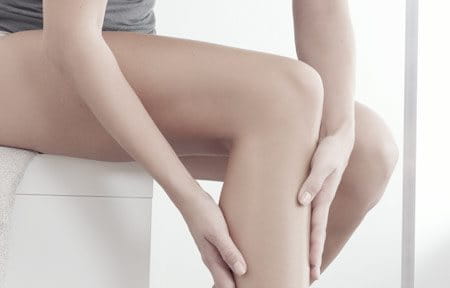
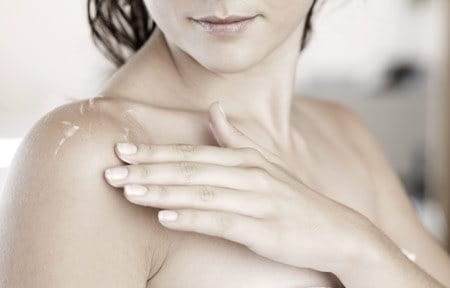
The first requirement for moisturisers for dry skin is to restore skin’s moisture balance.
Urea, Lactate and other NMFs attract and bind moisture into the outermost layer of the skin. Very dry skin that has become rough, tight, scaly, flaky, itchy or even cracked requires a higher concentration of these NMFs. Generally, products for very dry and extremely dry skin should contain at least 5% and 10% Urea respectively.
Protecting dry body skin against sun exposure

As UV light increases the rate of skin ageing, and skin ageing can increase the risk of dryness, it is advisable to:
- Reduce sun exposure by wearing protective clothing.
- Use a sunscreen with a high SPF and moisturising compounds to block UV rays and keep skin hydrated.
- Avoid sunscreens that contain perfumes and colourants as dry skin is prone to irritation.
Eucerin Sunscreens for dry skin offer outstanding sun protection with effective UV filters and antioxidant Licochalcone A to protect against UV-induced free radicals, prevent premature ageing and give skin the moisturisation it needs.
Our brand values

We deliver a holistic dermo-cosmetic approach to protect your skin, keep it healthy and radiant.

For over 100 years, we have dedicated ourselves to researching and innovating in the field of skin science. We believe in creating active ingredients and soothing formulas with high tolerability that work to help you live your life better each day.

We work together with leading dermatologist and pharmacist partners around the world to create innovative and effective skincare products they can trust and recommend.


